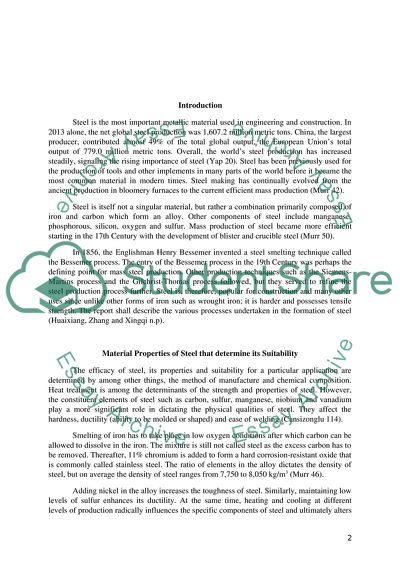Cite this document
(“Steal Making Essay Example | Topics and Well Written Essays - 2250 words”, n.d.)
Steal Making Essay Example | Topics and Well Written Essays - 2250 words. Retrieved from https://studentshare.org/engineering-and-construction/1661978-steal-making
Steal Making Essay Example | Topics and Well Written Essays - 2250 words. Retrieved from https://studentshare.org/engineering-and-construction/1661978-steal-making
(Steal Making Essay Example | Topics and Well Written Essays - 2250 Words)
Steal Making Essay Example | Topics and Well Written Essays - 2250 Words. https://studentshare.org/engineering-and-construction/1661978-steal-making.
Steal Making Essay Example | Topics and Well Written Essays - 2250 Words. https://studentshare.org/engineering-and-construction/1661978-steal-making.
“Steal Making Essay Example | Topics and Well Written Essays - 2250 Words”, n.d. https://studentshare.org/engineering-and-construction/1661978-steal-making.


